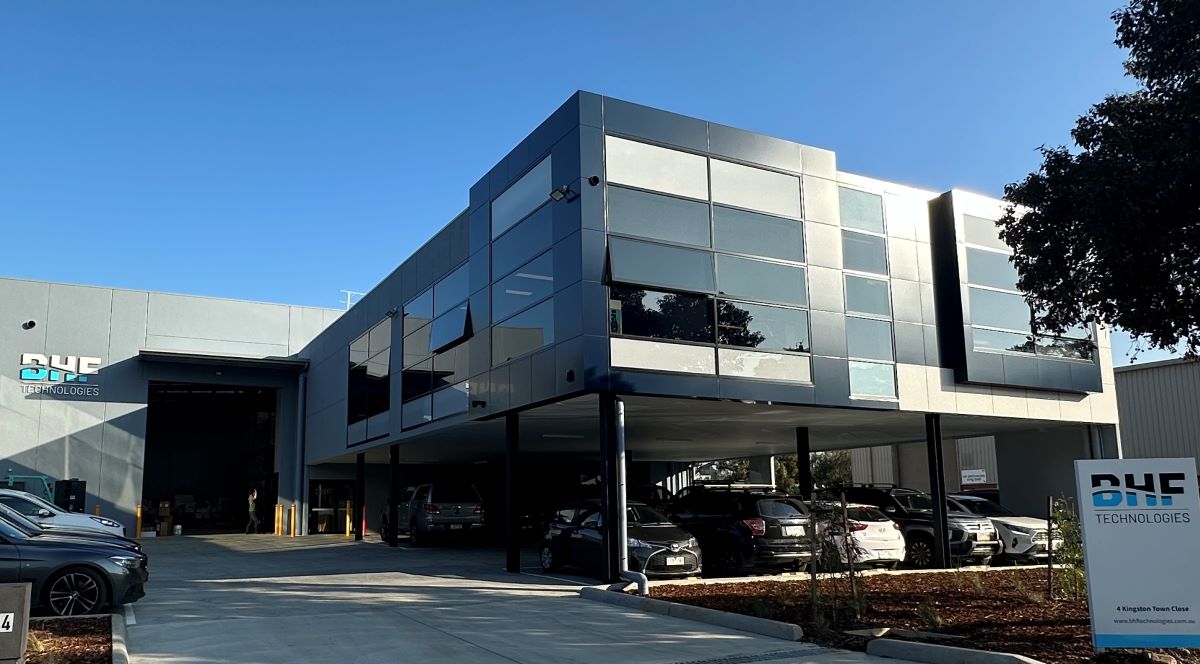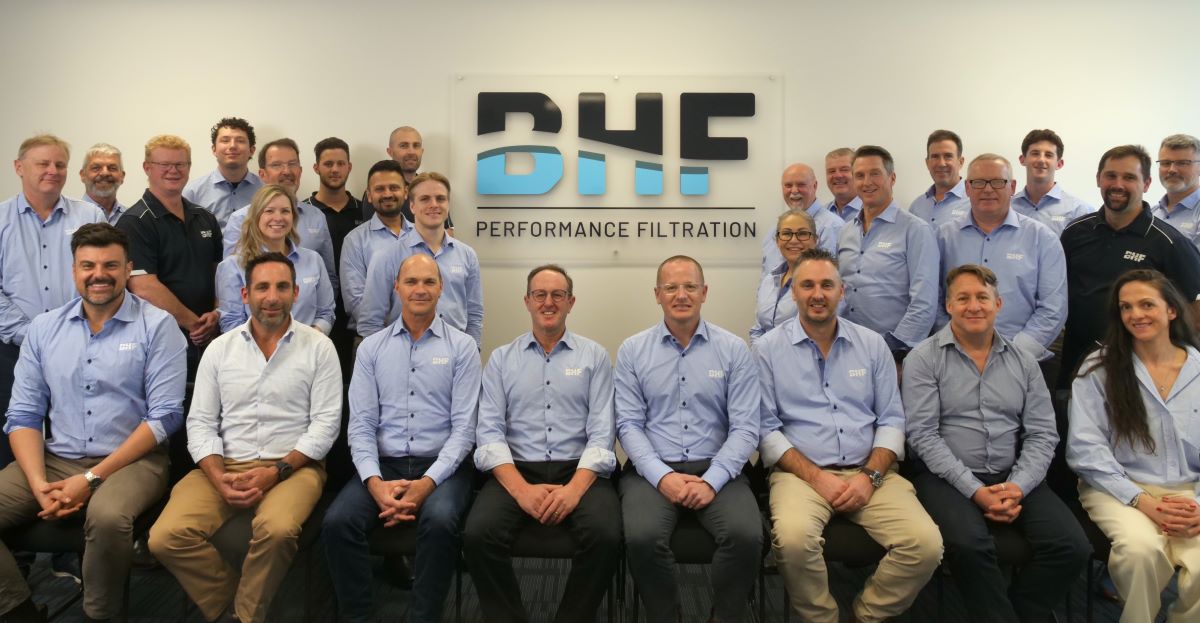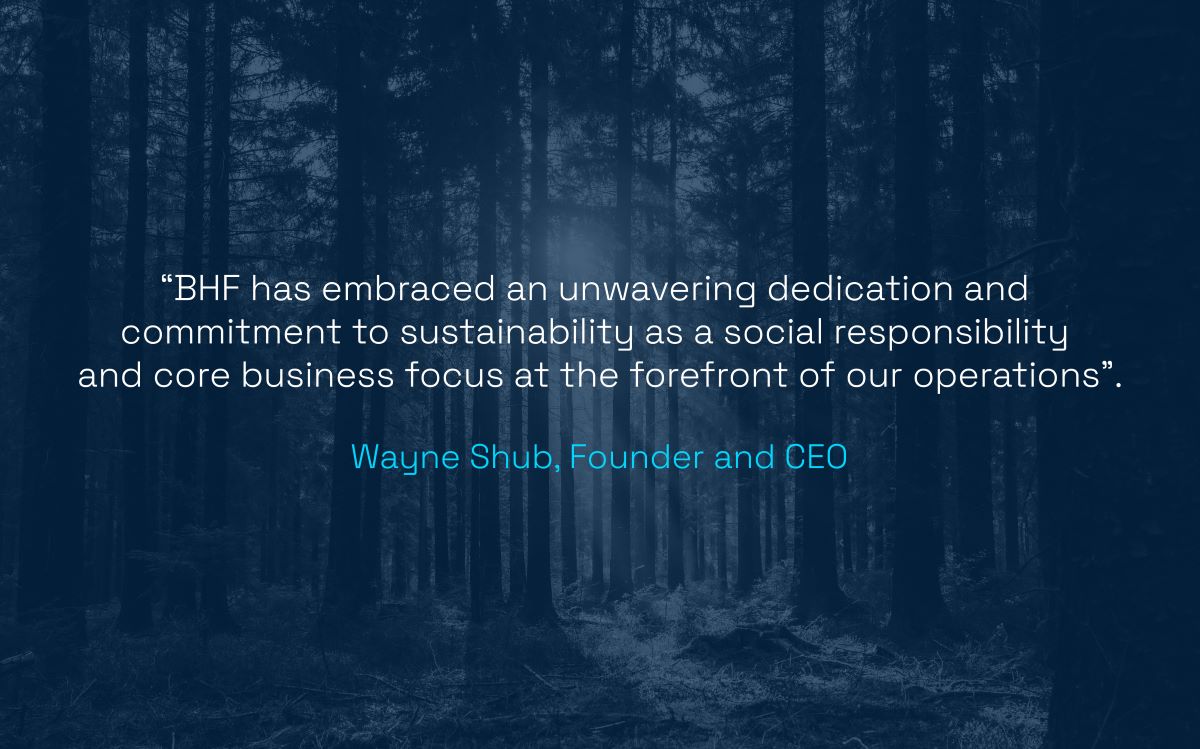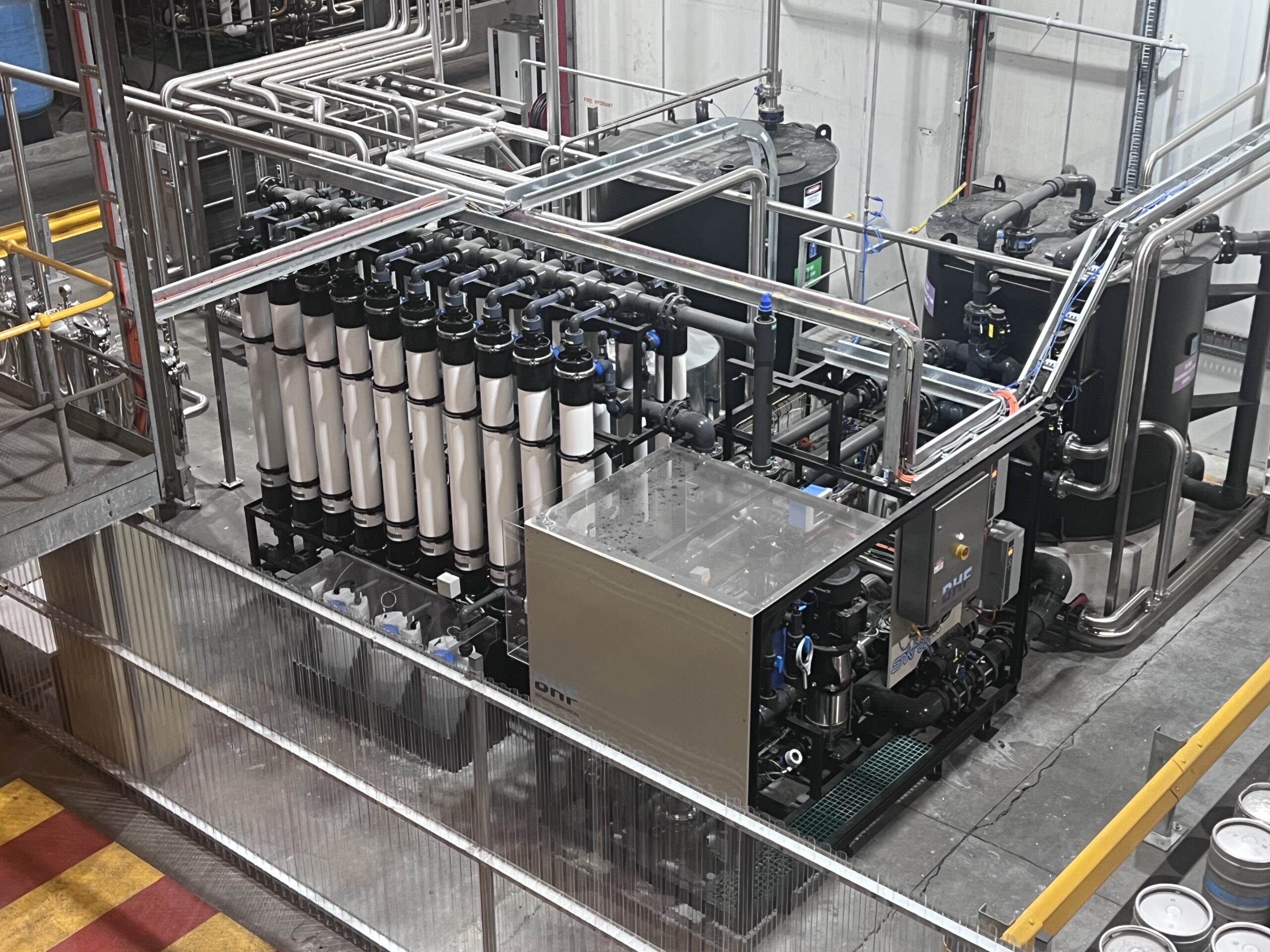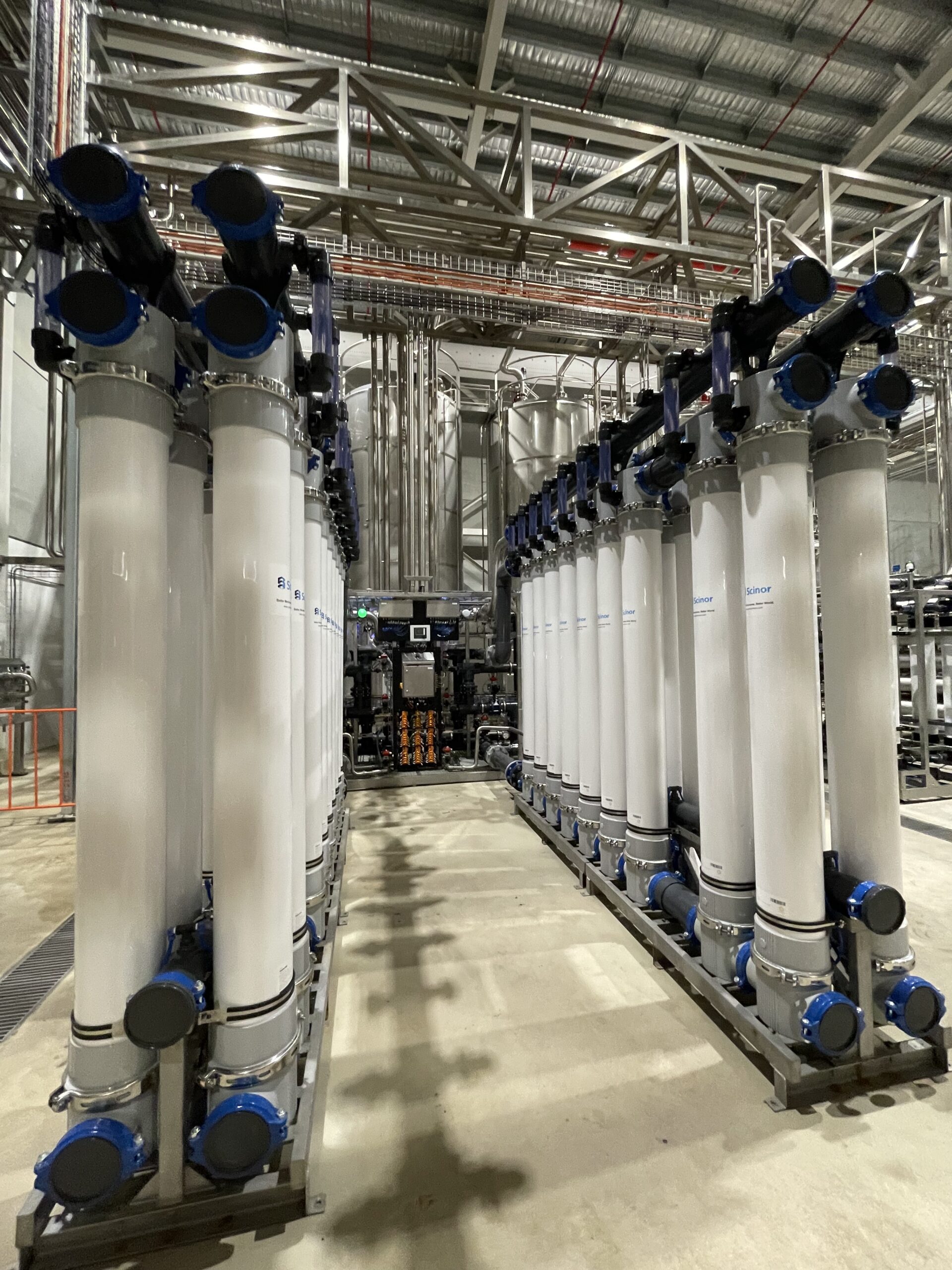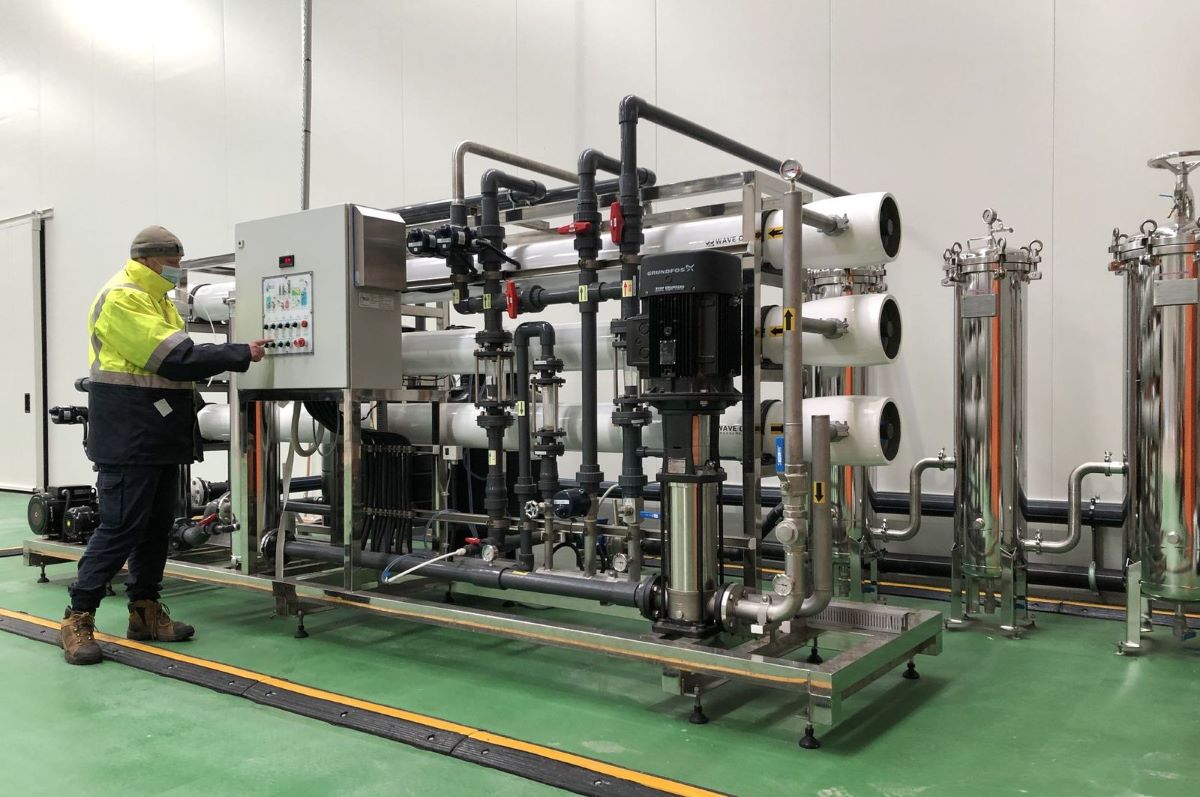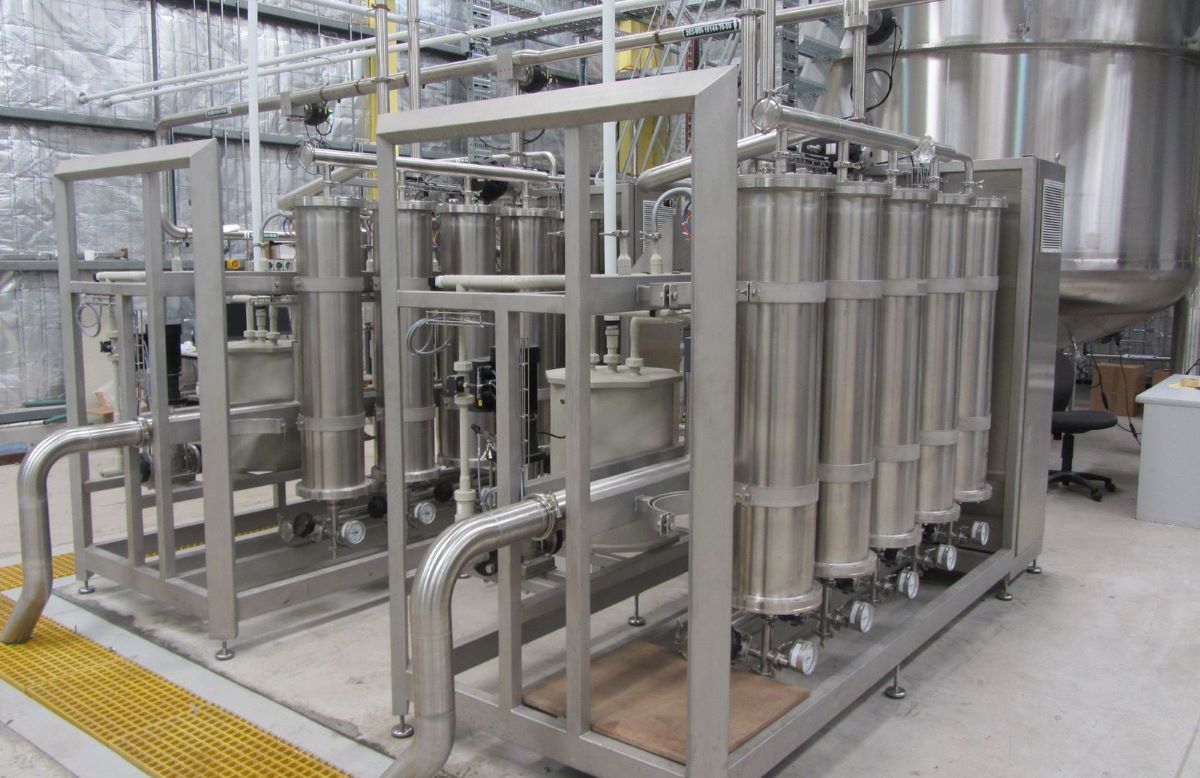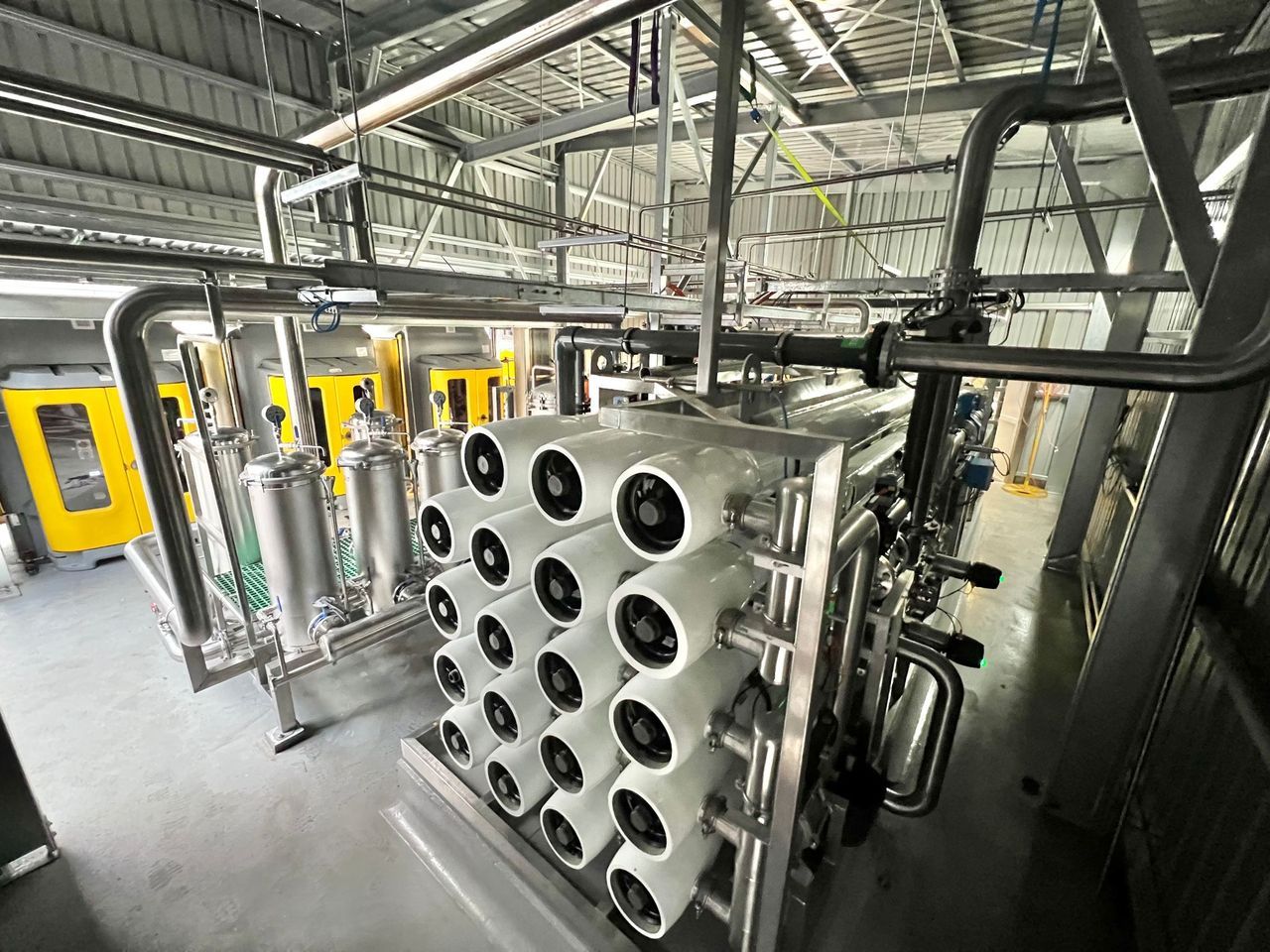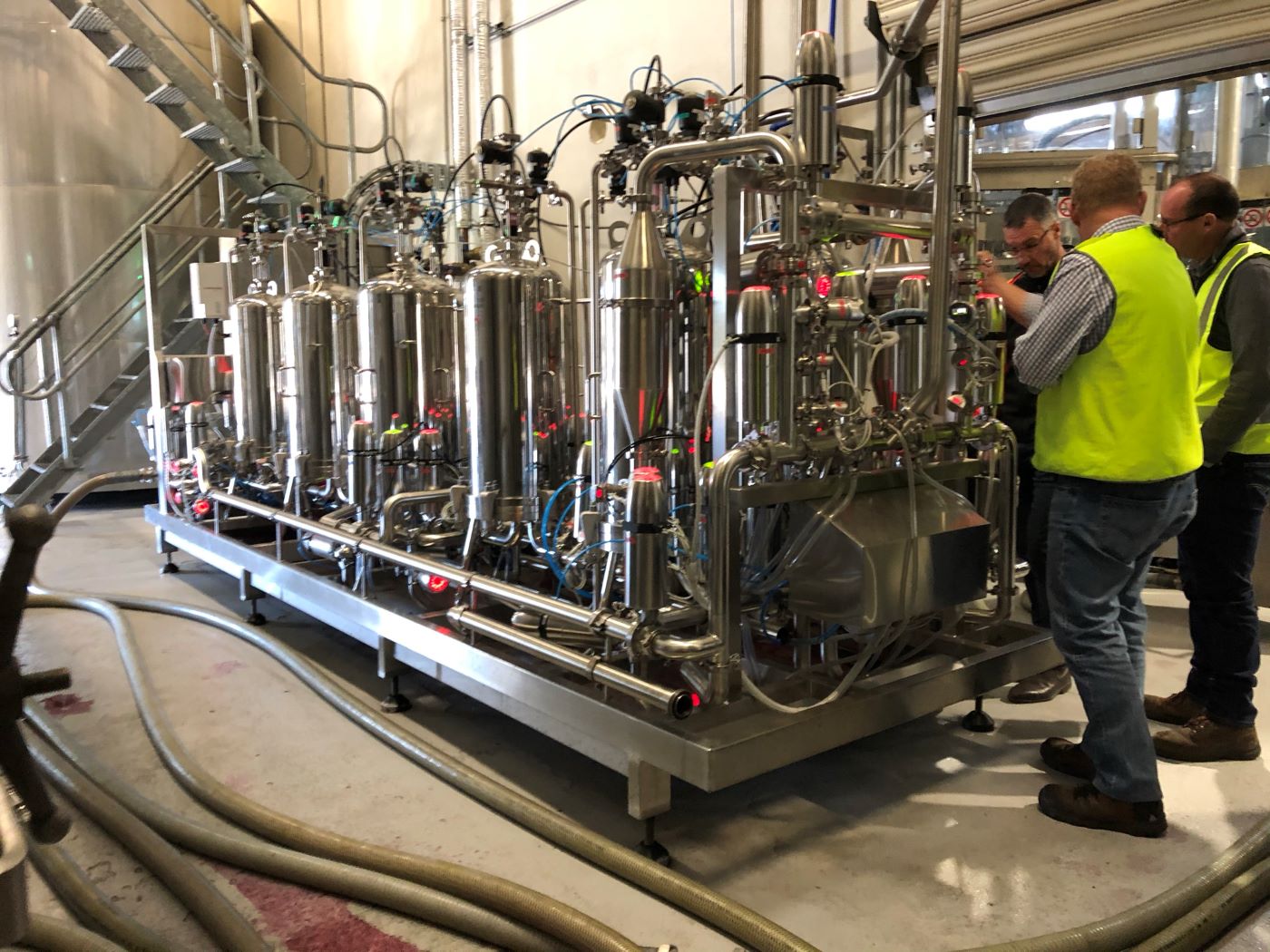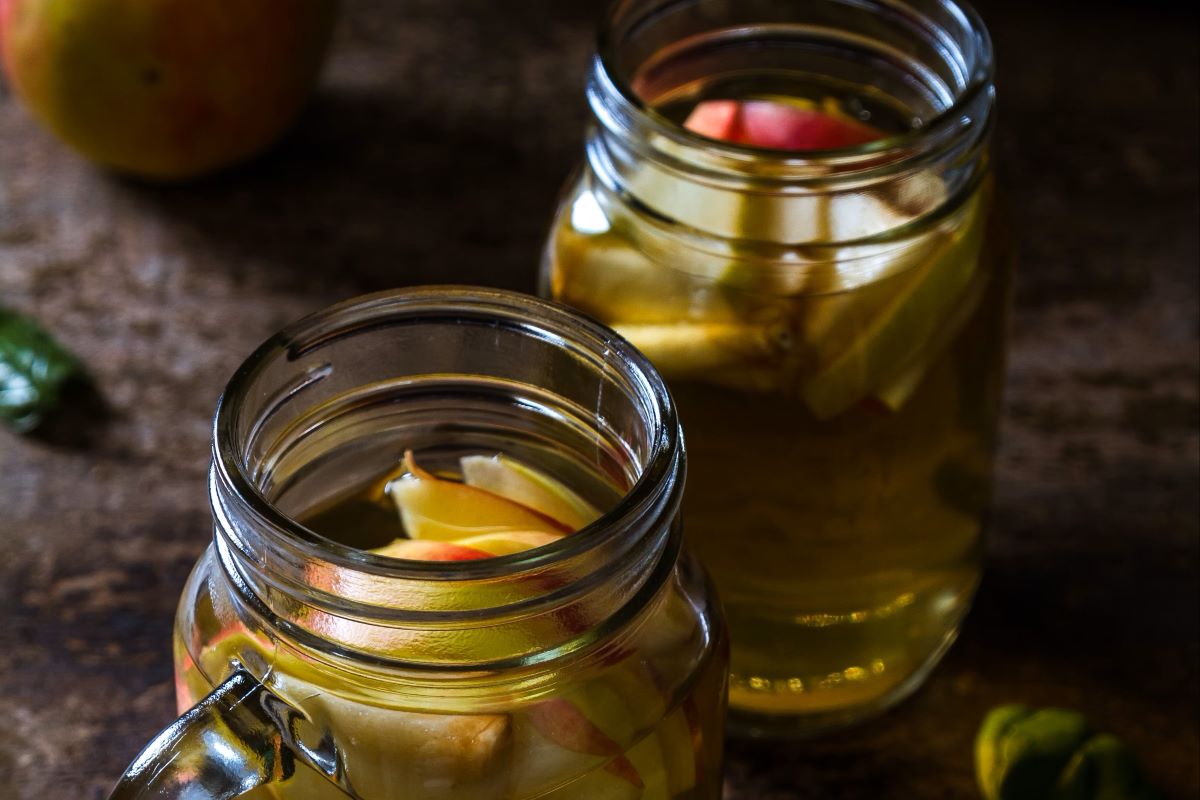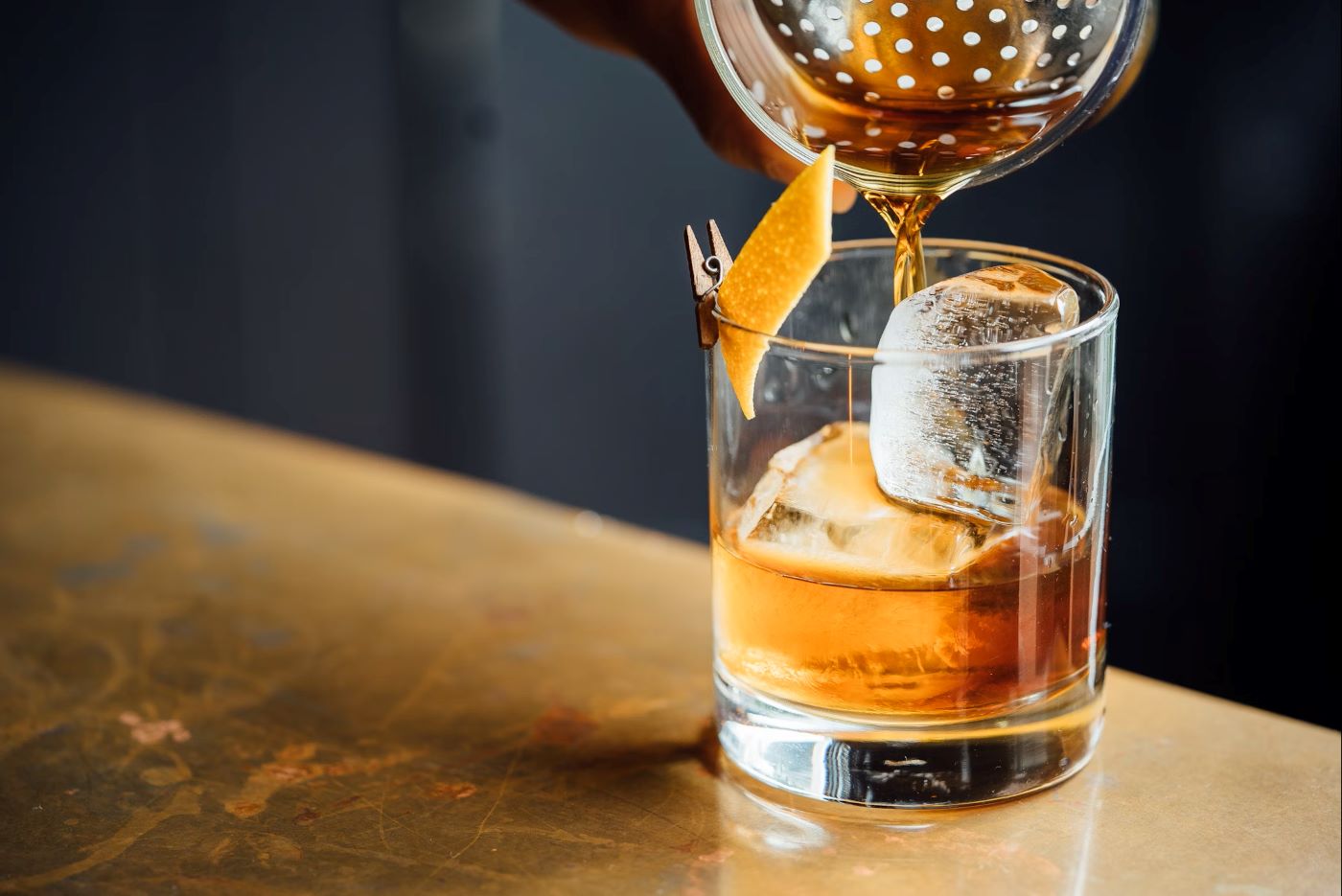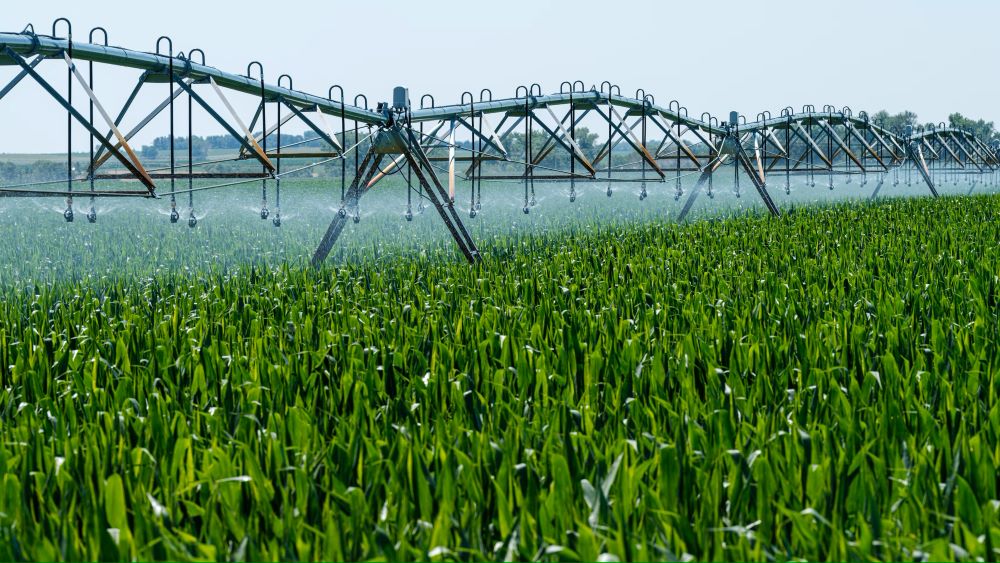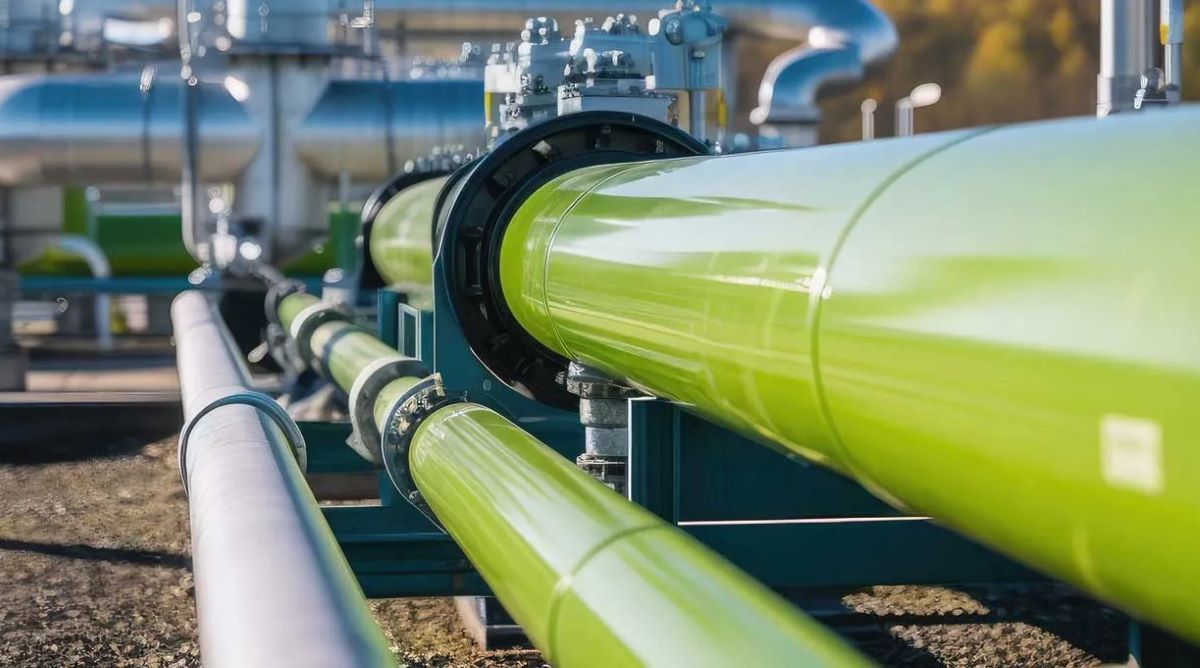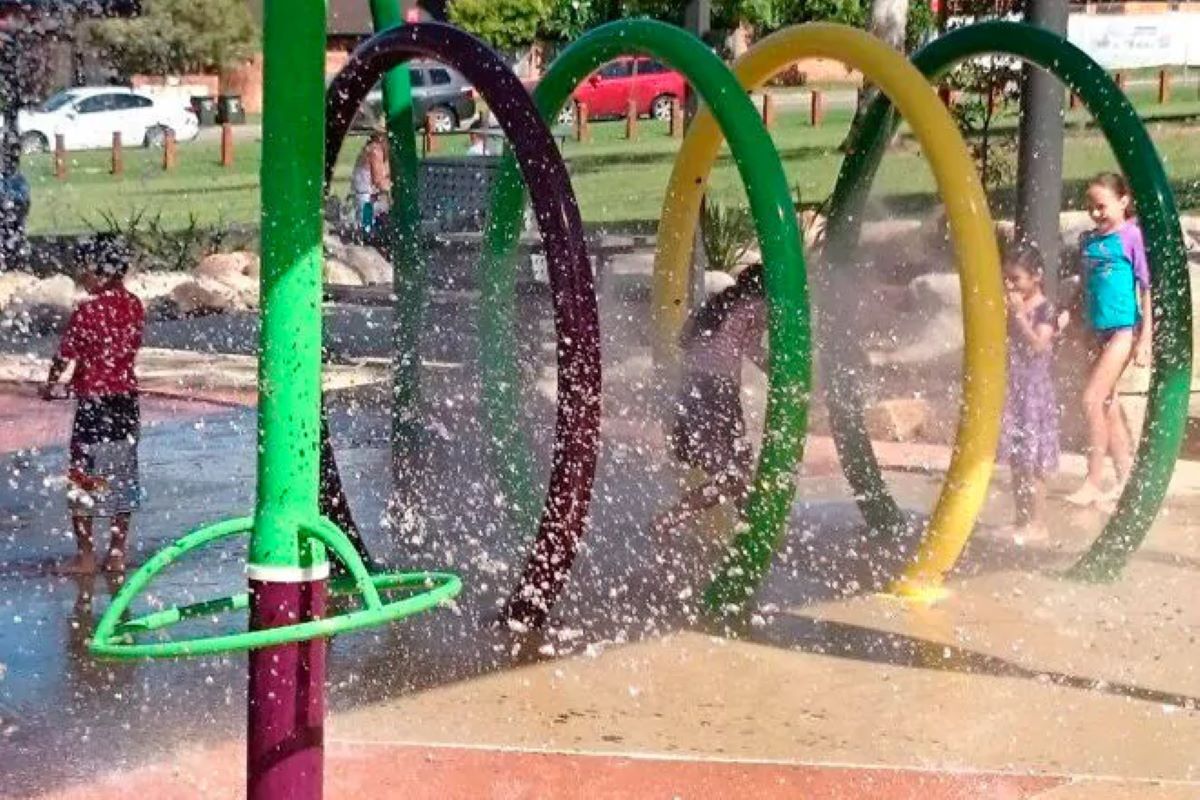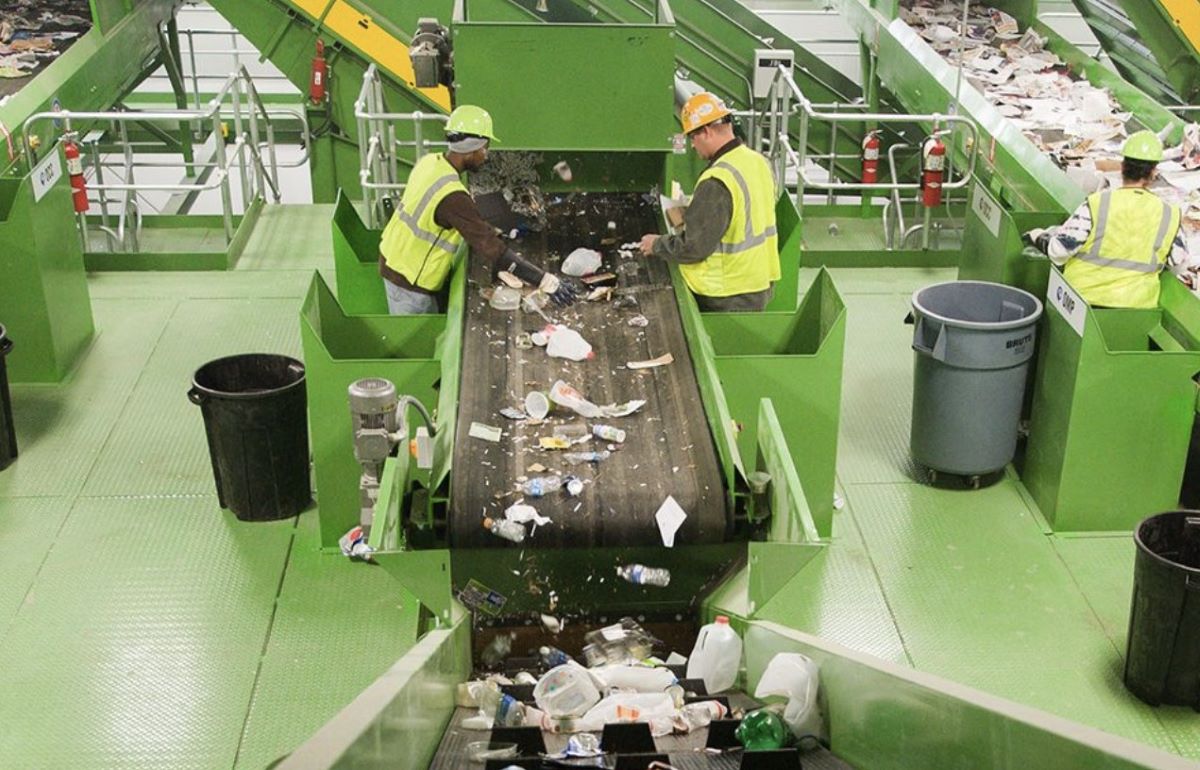Barrel Alternatives
When you think of barrel alternatives, what comes into your head? Oak chips are probably the first. It is certainly true that oak chips deliver oak input to a wine and, provided that the oak chip producer’s quality control measures are up to the task, product consistency allows the winemaker to make an oaked, more complex wine within budget limitations. However, due to the shredding nature of chip production and resultant extraordinary exposed grain surface area, extraction rates of chips are extremely high, which can lead to some disjointed characters in the wine, and a lack of integration.
All barrel alternatives target barrel replacement or augmentation in one way or another, be it in terms of capital outlay, logistics, staff management or speed of turnaround. It is far easier and more economical for a winemaker to manage a handful of tanks with barrel alternatives than to manage hundreds or thousands of barrels. Some winemakers say that they can easily tell the difference between wines made in a barrel or with oak chips, but do products exist that reduce or even eliminate this difference? Can you have your cake and eat it too when it comes to barrel alternatives?
The folk at StaVin argue “yes”, with the proof coming from both their published data (see the “Research” tab on the StaVin website) in addition to the awards that wines made with their products win. The company has been operating since 1990 and their ethos is simple: barrel or better-than-barrel quality oak without the associated cost and logistics difficulties inherent in barrel usage. The company motto says it all: “Traditional flavour; real economics”.
The StaVin range
Consistency and quality are of supreme importance to StaVin. This begins with oak sourcing, which is from sustainably maintained forests in the Loches and Le Mans areas of central France. American oak is sourced from Missouri, Tenessee and Kentucky, and Hungarian oak comes from southern Hungary. All raw oak is tested for TCA/TCB. Every stave. 3 years minimum natural open-air seasoning (Figure 1) allows the microflora to soften tannins. Even the firewood used in the firing process is 2-year seasoned! Finally, all StaVin products are packed in polymetal bags to maximise both product freshness and resistance to the uptake of external odours.

Fig. 1: A minimum of 3 years of open-air seasoning ensures that the desired chemical composition of the oak is achieved prior to processing, in addition to optimal product quality and consistency.
StaVin makes several barrel alternatives in different formats according to winemaker usage requirements. The current range offered in Australia through Blue H2O Filtration is comprised of fan packs, segments, beans and barrel replicas. Variations are offered in terms of both oak country of origin (France, America or Hungary) and toast level (medium, medium plus and heavy), although not every product permutation is available. Unlike other producers, StaVin products are fire-toasted by hand over an oak fire, just like a traditional barrel. This is an expensive way to produce barrel alternatives, but this unique approach is what sets StaVin apart and they feel it is required to offer a true barrel alternative.
An exception to the fire toasting is the recent addition to the StaVin spectrum of products of their “Barrel Head” product, which is lightly oven-toasted and is designed not so much for aromatic delivery as mouthfeel improvement. It is oven toasted just enough to meet importation requirements, but not enough to convert tannins into aromatic compounds. The effect is an excellent reproduction of what a winemaker gets from a barrel: fire-toasted staves and lightly toasted heads.
The technique used for toasting was thoroughly studied by StaVin’s research and development staff to come up with protocols to deliver the desired results in a highly consistent manner. Toasting of wood is a progressive process, and naturally leads to variation in the amount of toasting depending on the depth of heat penetration into the wood. This was also a component examined by Campbell et al. (2005), using vanillin as a toasting marker compound where, beyond a depth of 3 mm, increases in vanillin content after heating were not observed at toasting temperatures of 225 °C and above. This has obvious ramifications in terms of optimal stave thickness for maximum economic efficacy.
All StaVin staves are fire-toasted on both sides (Figure 2), not simply oven-toasted (which is far more economical in production terms), to maintain the integrity of the traditional toasting process (excepting Barrel Head products). The staves themselves are dimensionally optimised: a nominal thickness of 10 mm is used, as this was found to give the best results in terms of toasting and quality control, without requiring excess internal wood that does not contribute to wine structure or flavour.
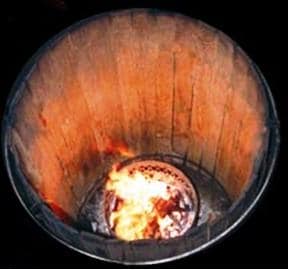
Fig. 2: The fire-toasting system used for all StaVin products is a unique replication of the toasting used by traditional tonnelliers.
Table 1 outlines the general characteristics of each of StaVin’s core products. Note the % end grain variation, which largely governs the extraction rate and useful life of each product type:

Tank systems
StaVin’s tank systems encompass three products: fan packs, segments and beans. The characteristics of each tank system product can be found in Table 1. The staves are produced by the StaVin fire-toasted method by hand, giving the closest possible replication of barrel toasting. The fan packs (Figure 3) can be installed into the tank as a fan, matrix or modular system. To facilitate ease of use, a stainless steel chain is recommended to be installed on the inside of the tanks with C-rings and the fan packs attached to that. This system allows a free-floating orientation and ensures no impact on a lees-stirring regime in the lower area of the tank.
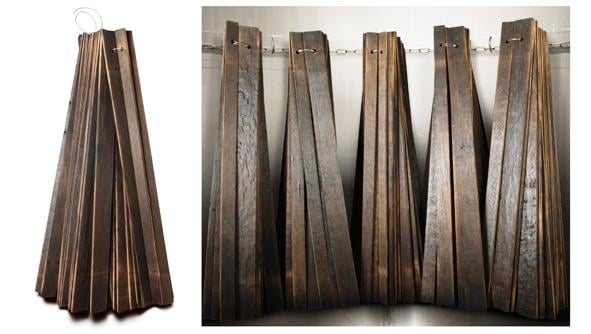
Fig. 3: StaVin’s fan packs are best affixed via the recommended method of a stainless steel chain on the inside of the tank at a height to permit lees ageing activities without intrusion of the staves in the lower tank area.
Segments (Figure 4) and Beans (Figure 5) are produced by cutting the fire-toasted staves to a nominal size. These smaller products offer the advantage of convenience of handling, as they are packaged in food-grade nylon mesh bags, complete with stainless steel eye hole for attachment. Another significant advantage is a faster extraction rate due to the higher surface area of these particular barrel alternatives, especially for the high surface area/high end grain beans.

Fig. 4: StaVin’s “segments” at medium toast, illustrating the optimisation of stave thickness as seen by the cross-section of the end grain. Thicker staves simply waste wood, wine penetration does not generally exceed 5 mm.
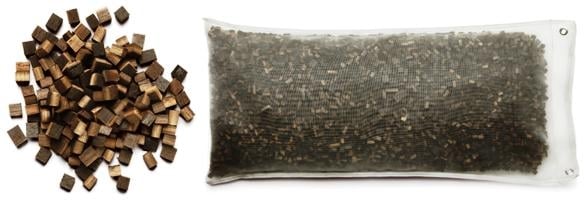
Fig. 5: StaVin’s beans come in food grade nylon mesh bags, and are best suspended from the tank sides via stainless steel chain.
Barrel replicas
A rather unique product from StaVin is their barrel replica (Figure 6). It is essentially a fire-toasted mini-stave system that is designed to extend or enhance the life of a sound barrel after its oak impact has been depleted. After all, if the barrel is structurally and microbially sound, why generate the hassle, cost of transportation and the reduction in structural integrity (due to thinner staves being produced) associated with shaving? A full barrel replica (10 sections) provides 100 % new barrel impact. For reduced new oak impact the winemaker simply divides the barrel replica into two or more units by cutting the cord.
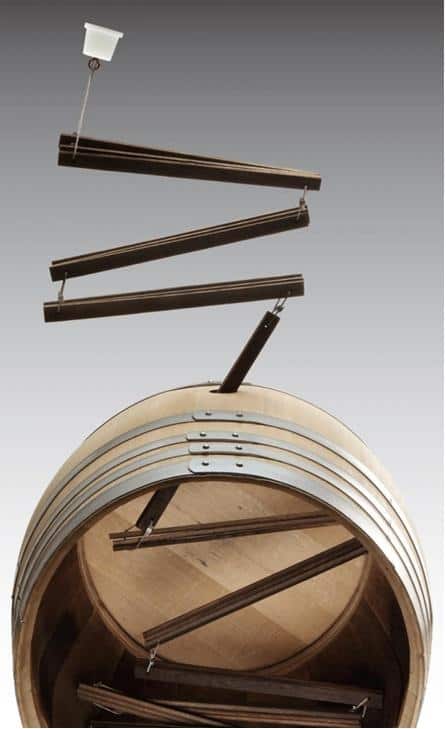
Fig. 6: StaVin’s barrel replica, delivering new wood impact at a dosage rate determined by the winemaker, without the difficulties associated with barrel shaving. These are looped at both ends to allow each segment to be cut in half for 50 % new barrel impact.
A barrel replica compares favourably with the shaving and re-toasting of an older barrel on several counts. Firstly, the structural integrity of the barrel is not altered, and no transportation logistics are involved. Secondly, since new wood is being introduced to the wine there is a guarantee the wine is being exposed to fresh oak. Thirdly, the product can be broken down to smaller units so that a controlled percentage of new oak exposure is mediated, which is not possible with a shaved barrel.
The barrel replica is also available in barrel head, form (Figure 7), in which the terminal two sections are replaced with oven-toasted barrel head components.

Fig. 7: StaVin’s barrel head replica, which is perhaps the best mimic of a new barrel’s oak contribution to a wine. The two end sections are barrel head (lightly oven toasted) while the main sections are fire toasted.
For those winemakers not wishing to use the stainless eye hooks provided with the replicas, StaVin also offers a sanitary silicone bung (Figure 8), which eliminates the need for drilling into a standard bung.
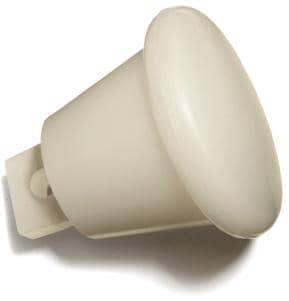
Fig. 8: StaVin’s hygienic bung for barrel replicas, which eliminates the use of an eye hook in a standard bung.
Economics
As an example of how the use of a top quality barrel alternative can affect the bottom line, let’s consider an example for 10 kL wine treated at 100 % new barrel impact. This would require 33 Hogsheads, and at an average cost of say $1500 per barrel a winemaker is looking at an initial spend of $49,500. On top of this there is all the manual handling, sanitisation, topping, sulphuring and relocating that comes with barrel handling. Ignoring the cost of those components, this equates to $4.95/L in oak cost alone.
If using StaVin tank fans 15 units would be required, only one vessel is used and the initial oak cost would equate to less than 10 % of the barrel price. Given that the StaVin fans are good for 2 years of use, this cost reduces further. If using beans instead of fans, the initial cost equates to around 5 % of the barrel price due to the higher oak impact of this format, with a much faster extraction rate.
The quality of the StaVin oak delivery is the same or better than the barrel, but the cost is significantly lower. StaVin’s excellent oak calculator on their website is an invaluable tool for the winemaker.
Summary
As you can see, the term “barrel alternative” does not just mean oak chips. Likewise, it does not have to mean “oven toasted” either. If you are seeking something akin to barrel maturation, but with advantages in economics, sustainability, logistics and production efficiency, then products like Fan Packs, Segments and Beans are ideal. If you are seeking the closest barrel alternative stylistically to a traditional fire-toasted barrel, then your choice is simple. StaVin offers all of these advantages, plus the confidence in using a product that is guaranteed TCA/TBC-free. StaVin barrel alternatives give you the ability to make award winning wines without the hassles of using barrels, in less time, with less cost and labour, and with less capital outlay. As the StaVin folks say: traditional flavour, real economics. It’s that simple.
By Dr Paul Bowyer, Group Oenologist & Regional Manager SA for Blue H2O Filtration; and Dr Jeff McCord: Vice President of Research and Technical Sales at StaVin.
References
Campbell, J. I., Sykes, M., Sefton, M. A. and Pollnitz, A. P. (2005) The effects of size, temperature and air contact on the outcome of heating oak fragments, Australian Journal of Grape and Wine Research, 11(3), 348-354.
BHF wishes to thank The Australian and New Zealand Grapegrower and Winemaker for permission to reproduce this article. Subscription information can be found here.
